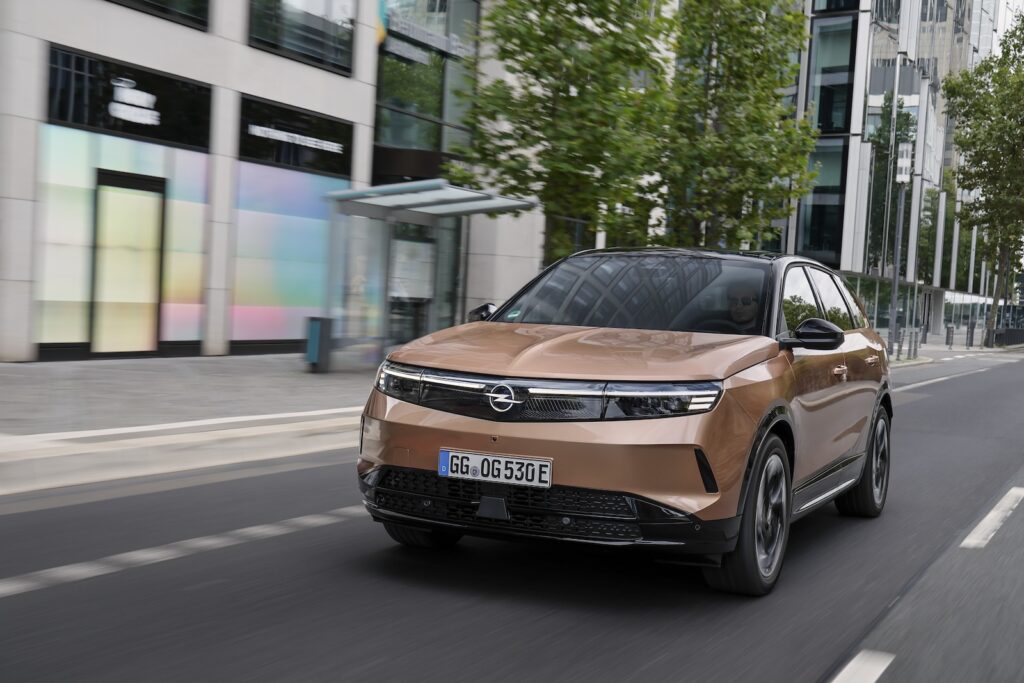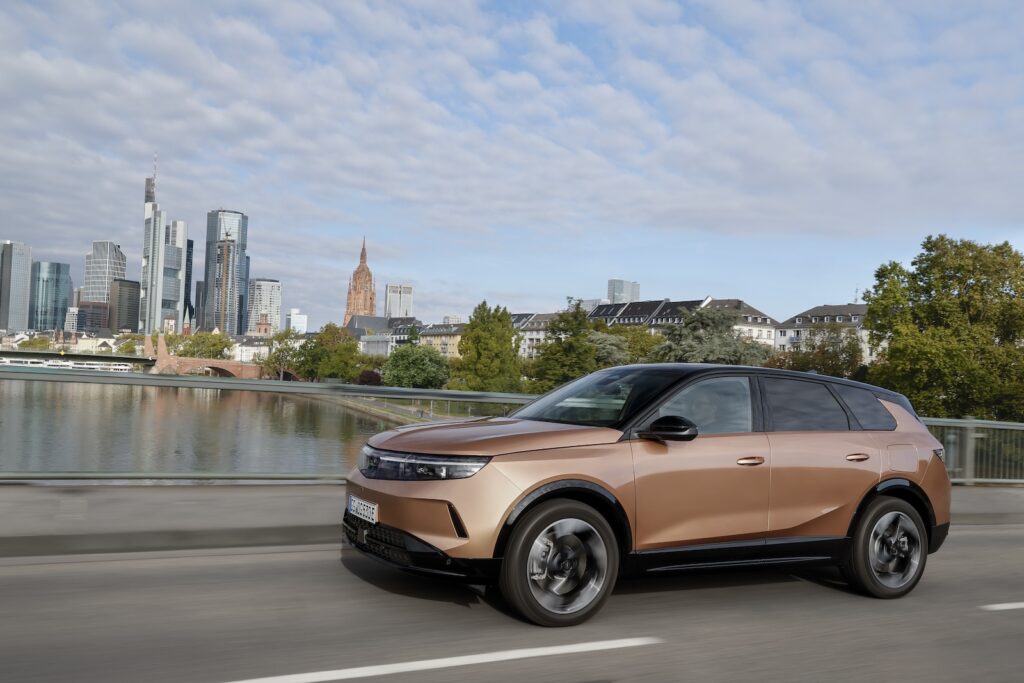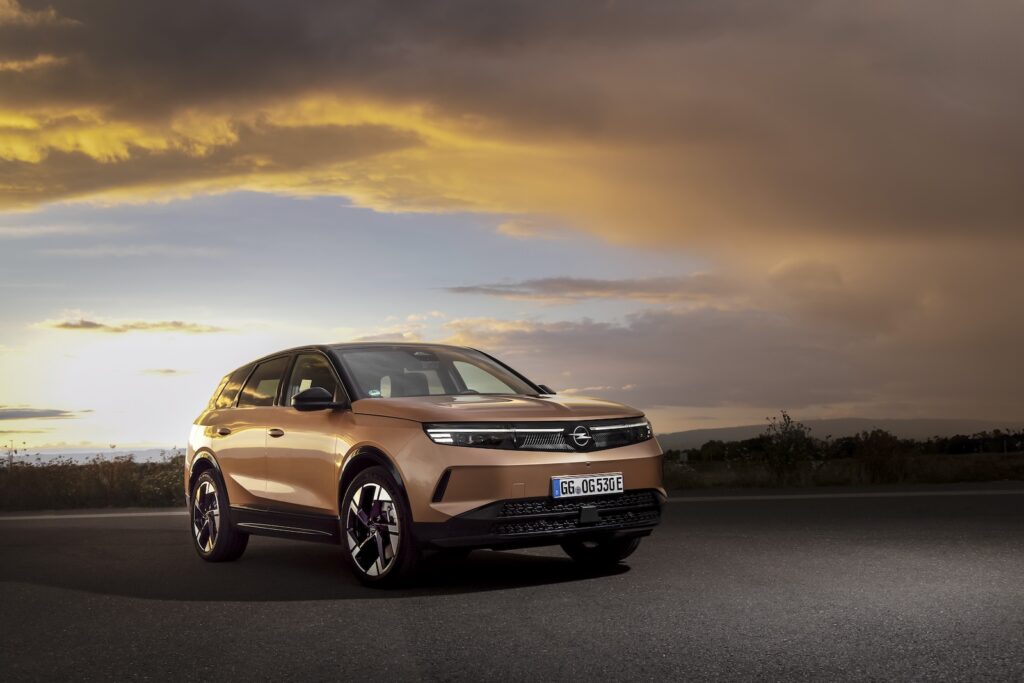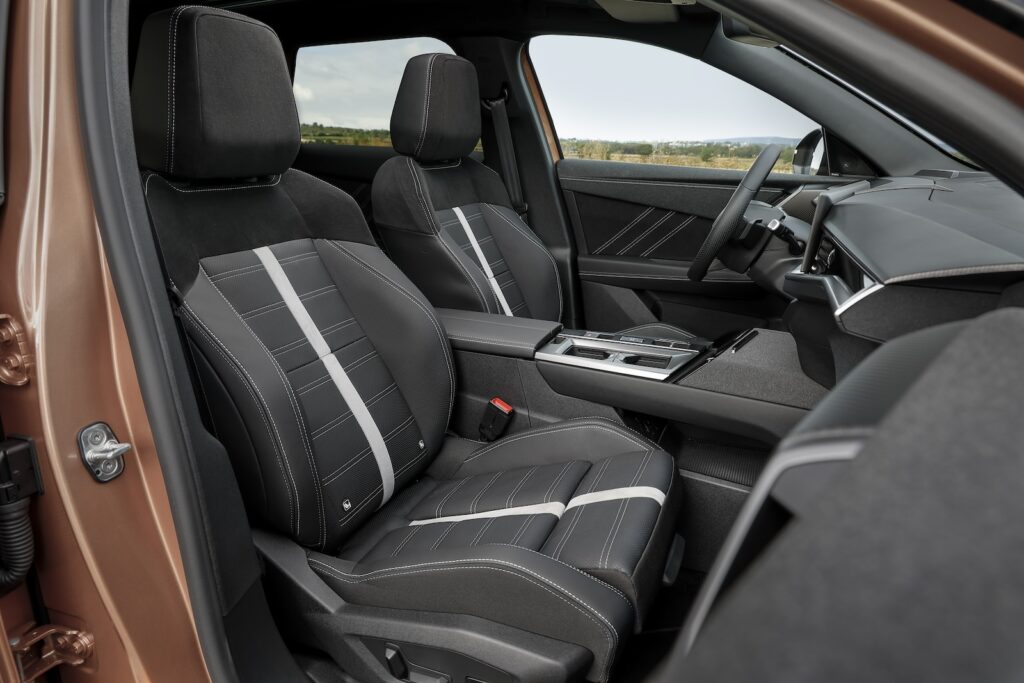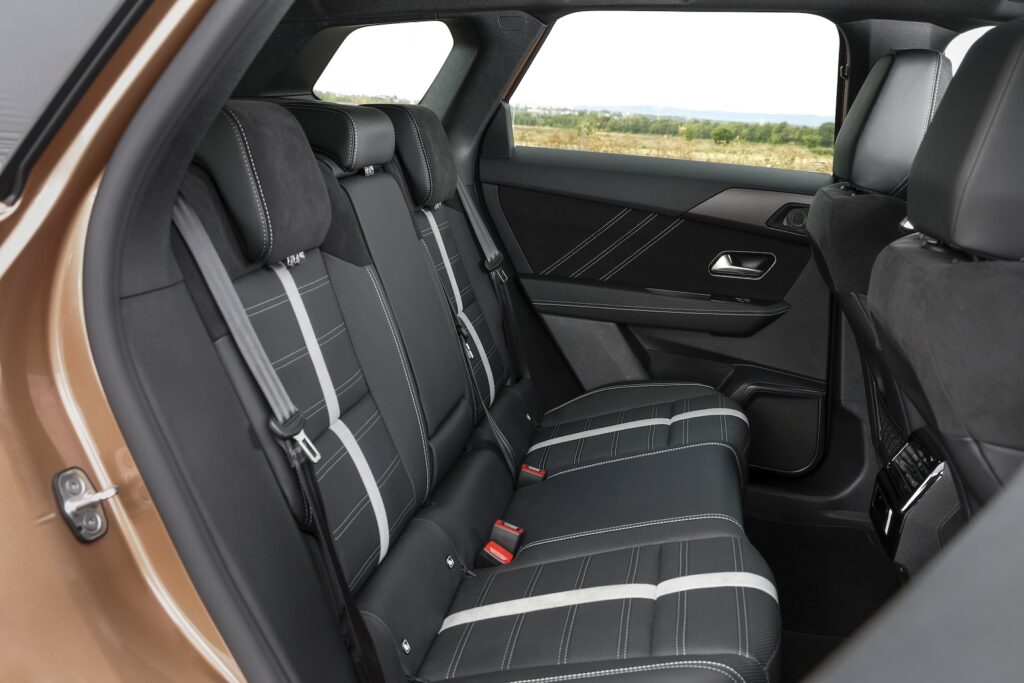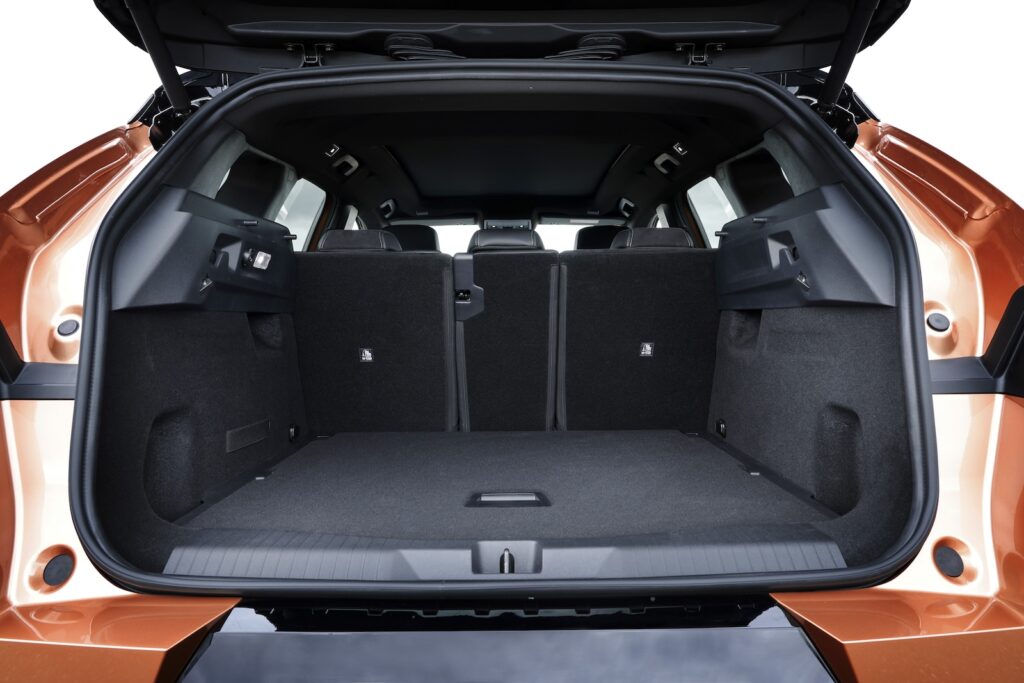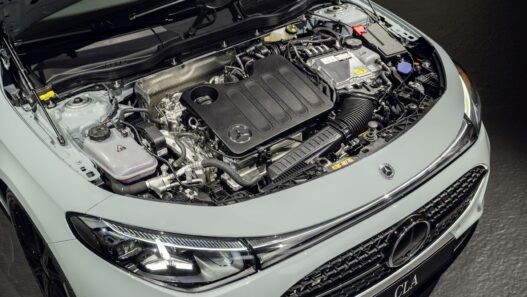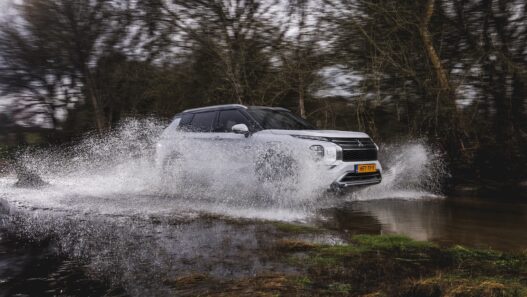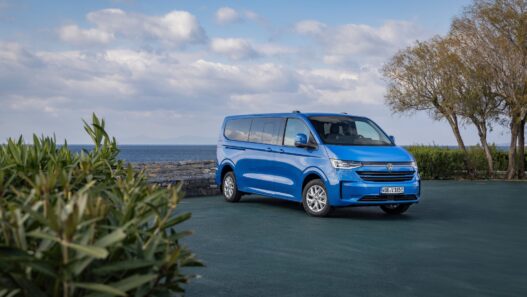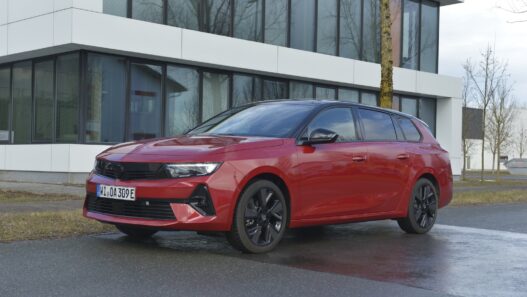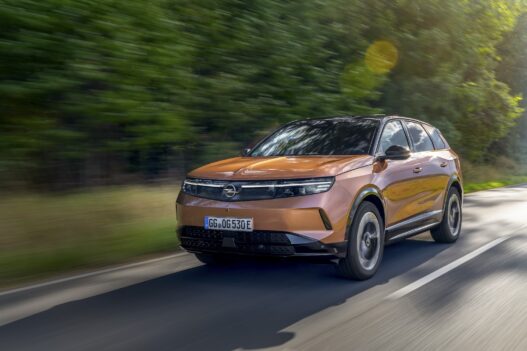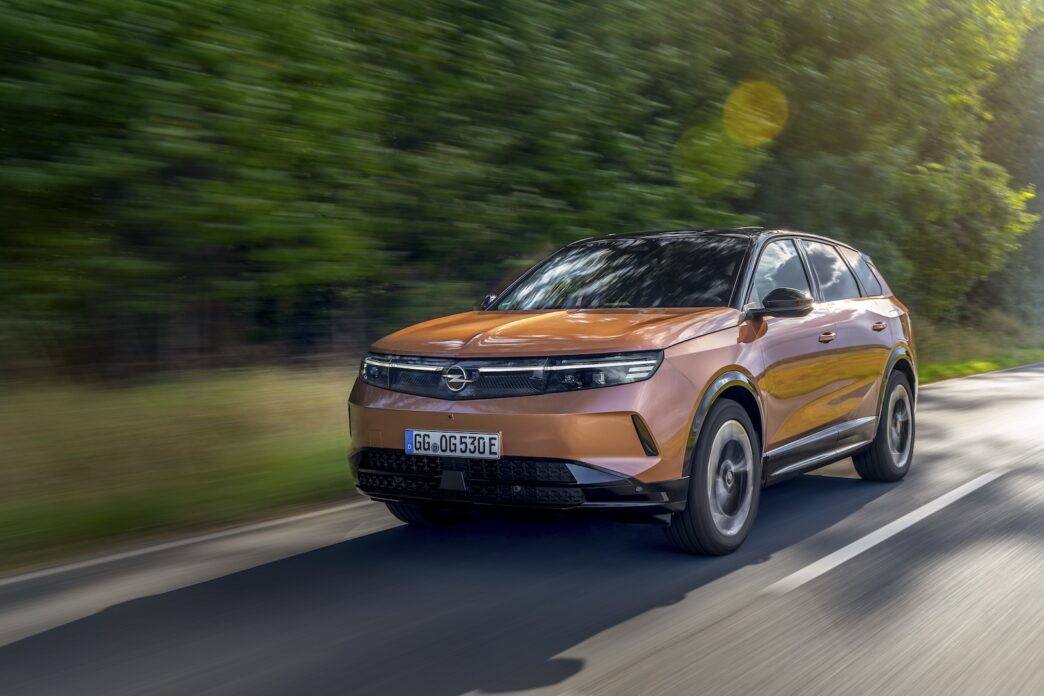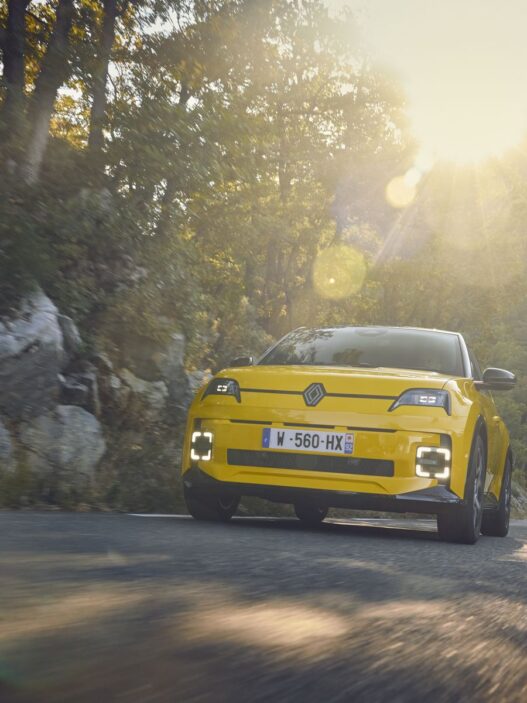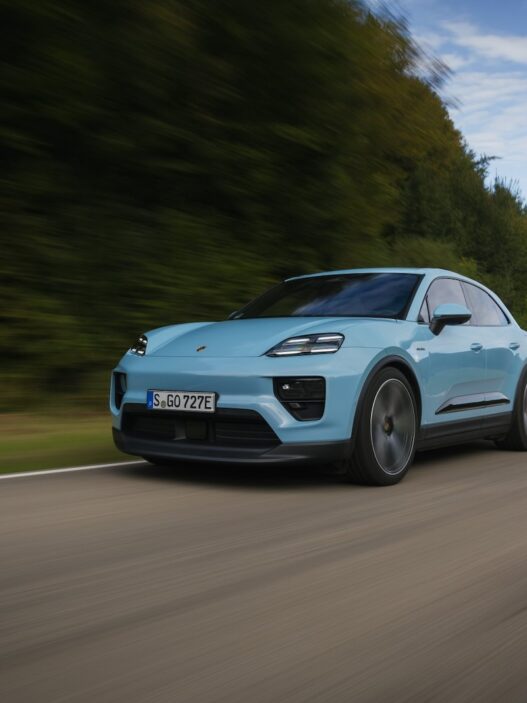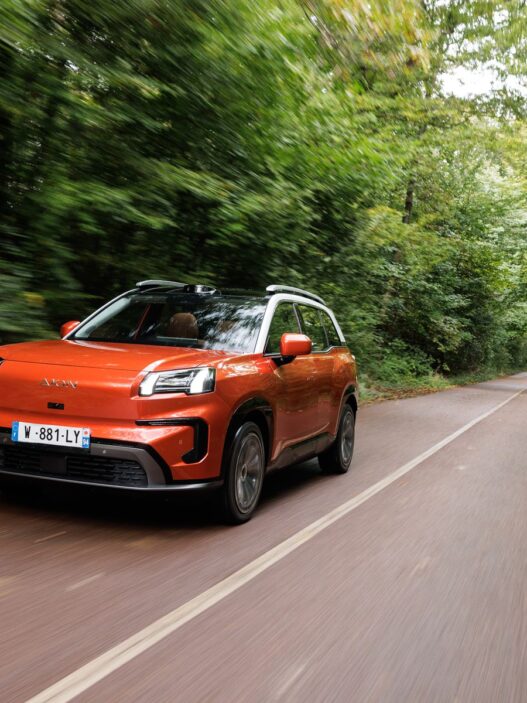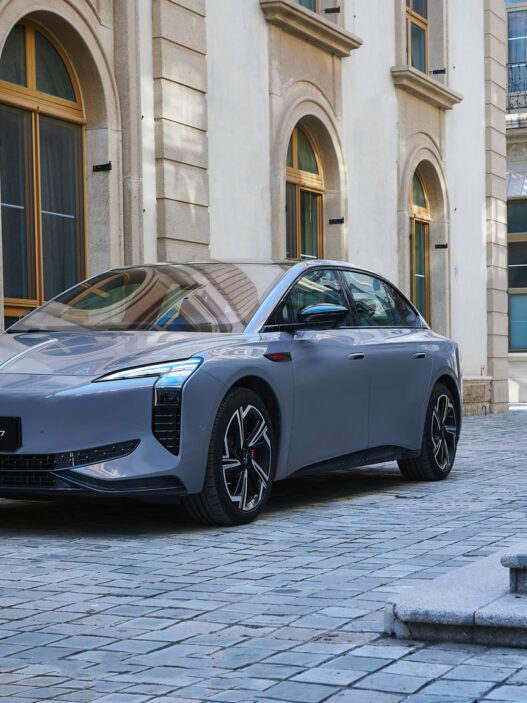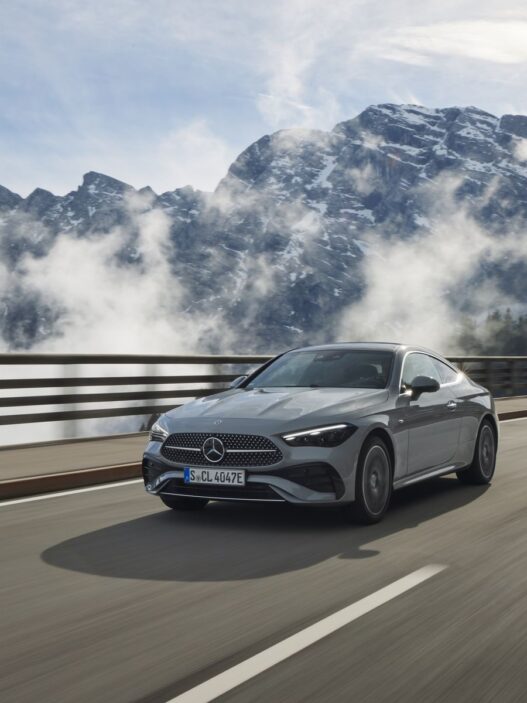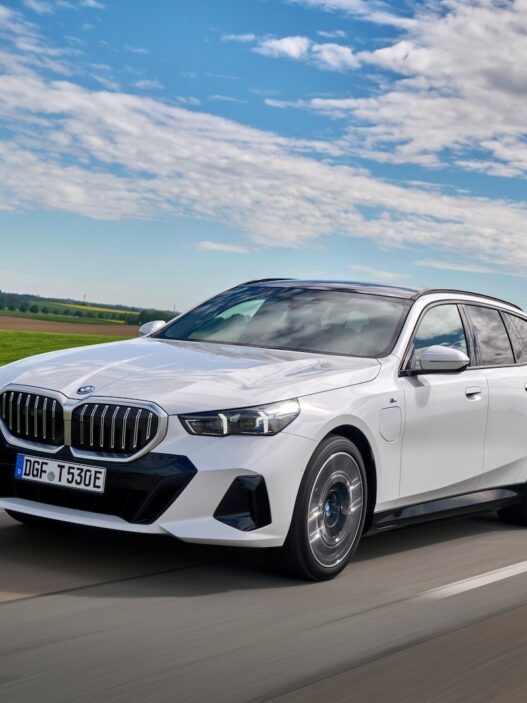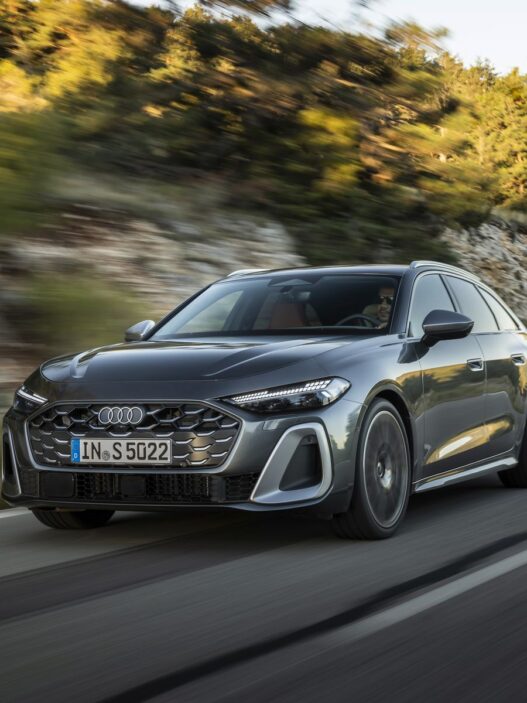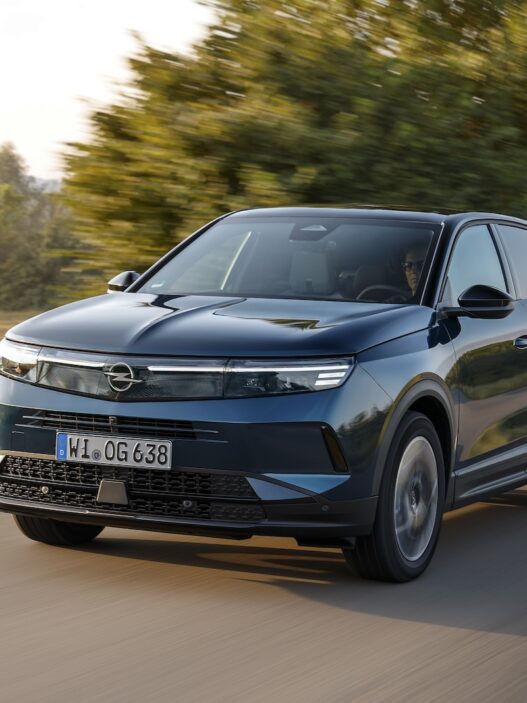Opel has big ambitions for its new Grandland, aiming to break free from the shadows of its larger competitors. With a fresh look and a new top model, can this midsize SUV propel Opel to the forefront of the market?
A New Era for Opel
The expectations at Opel for the new Grandland are sky-high. The SUV itself, however, remains relatively modest in size at 4.65 meters in length. Despite this, it is set to take over from not only the previous Grandland but also the discontinued Insignia as Opel’s flagship model. To maximize appeal, Opel offers the Grandland with a range of powertrains—buyers can choose between a traditional combustion engine, a plug-in hybrid (PHEV), or a fully electric model.
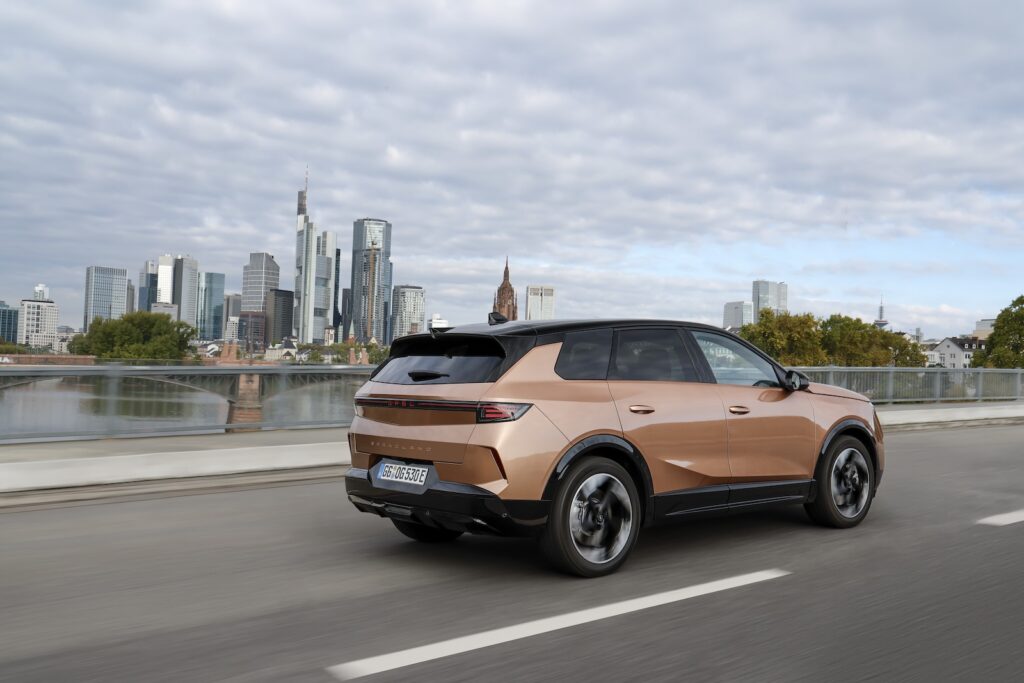
Technically, the new Grandland is built on Stellantis’ flexible STLA-Medium platform, which aims to usher Opel into a new era—preferably electric, but not exclusively so. As electric vehicle (EV) sales have slowed across Europe, Opel has smartly retained a variety of options, allowing customers to choose from combustion, PHEV, or electric powertrains. „The new Grandland is a milestone for Opel. Every Opel is now available as an electric vehicle,“ says Opel CEO Florian Hüttl. The Grandland is positioned to target Europe’s booming SUV market, though some competitors offer models stretching nearly five meters in length.
Modest Power for a Competitive Segment
Despite being Opel’s new flagship, the Grandland Electric takes a surprisingly conservative approach when it comes to performance. At launch, the electric version is only available with front-wheel drive and a moderate 157 kW (213 PS)—far less than competitors from Europe, China, and South Korea, many of which offer all-wheel drive and power outputs approaching 350 PS or more. Instead of raw performance, Opel focuses on efficiency, with the Grandland’s power consumption rated between 17 and 18 kWh per 100 kilometers, enabling a range of up to 600 kilometers depending on the battery configuration.
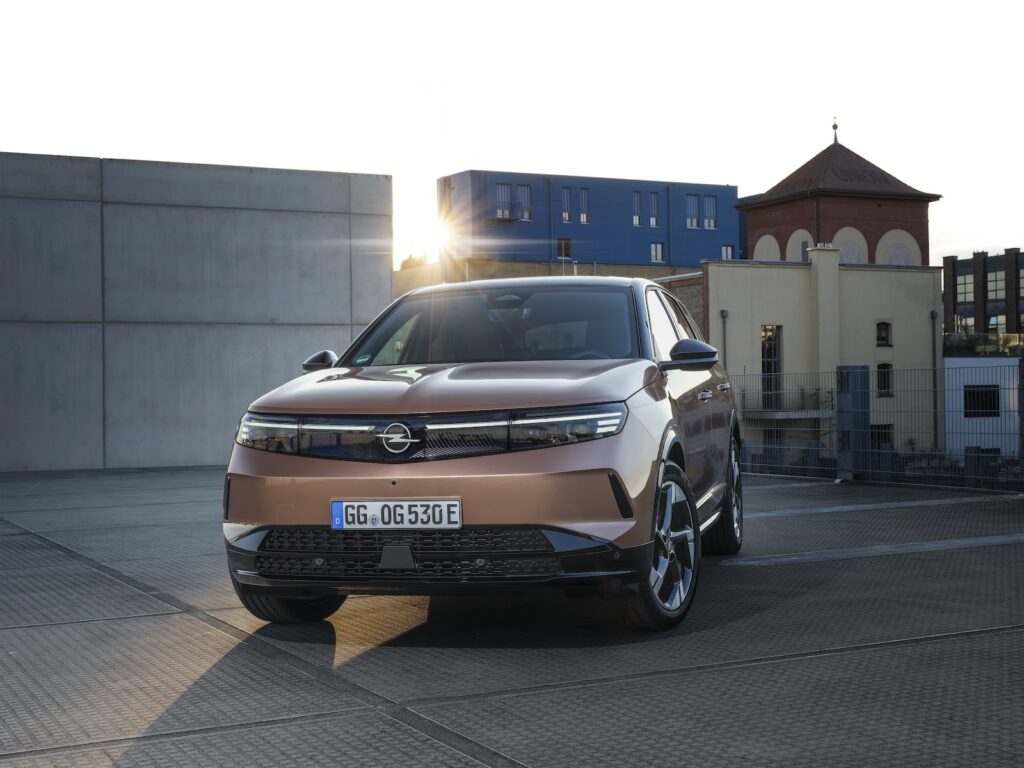
Initially, buyers can choose between two battery sizes: 73 or 82 kWh, offering ranges of 520 to 580 kilometers. Charging speeds top out at 150 or 160 kW, which is adequate, but many rivals offer faster charging capabilities. Opel is aware of the competition and plans to introduce an all-wheel-drive version and a larger 98 kWh battery next year, which should also bring improvements to charging speeds.
Driving Experience: Good, But Lacking Punch
Once inside and acclimated to the straightforward controls, the Opel Grandland Electric delivers a decent driving experience. However, the modest 345 Nm of torque means it lacks the instant, forceful acceleration that many electric crossovers offer. With 213 PS, the Grandland feels slightly underpowered for its over-2,100-kilogram curb weight, though it remains quiet and composed even at higher speeds. The responsive steering is more impressive at lower speeds than on the highway, where the Grandland’s top speed of 170 km/h can feel limiting, especially during overtaking on longer motorway trips.
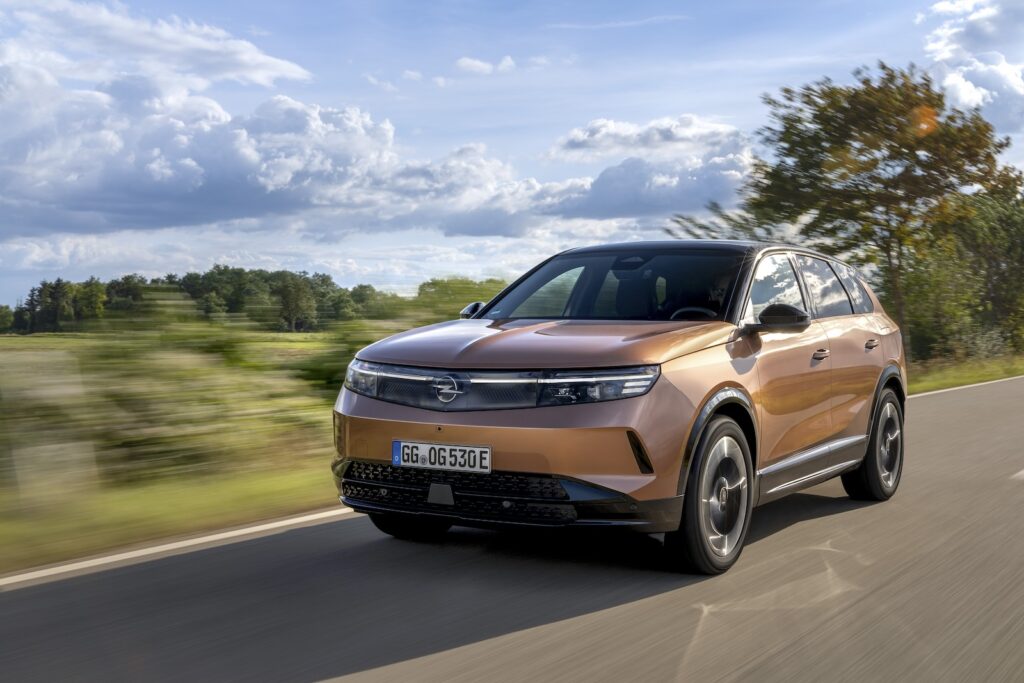
Surprisingly, the base 136 PS three-cylinder gasoline engine offers a higher top speed of 202 km/h, making it more practical for families planning road trips or long-distance drives. The suspension and damping are well-tuned, with selectable driving modes that adjust the vehicle’s dynamics without overwhelming the driver with too many choices—an appreciated simplicity in an era of overly complex driving modes.
Interior Comfort and Practicality
Inside, the Grandland Electric offers plenty of space and comfort, with well-cushioned seats available with optional massage and climate functions. The wide-opening doors and numerous storage compartments add to its practicality. The instrument panel, while compact, is easy to read and complemented by a useful head-up display. Navigation and infotainment functions are controlled through a central touchscreen, which is configurable and user-friendly.
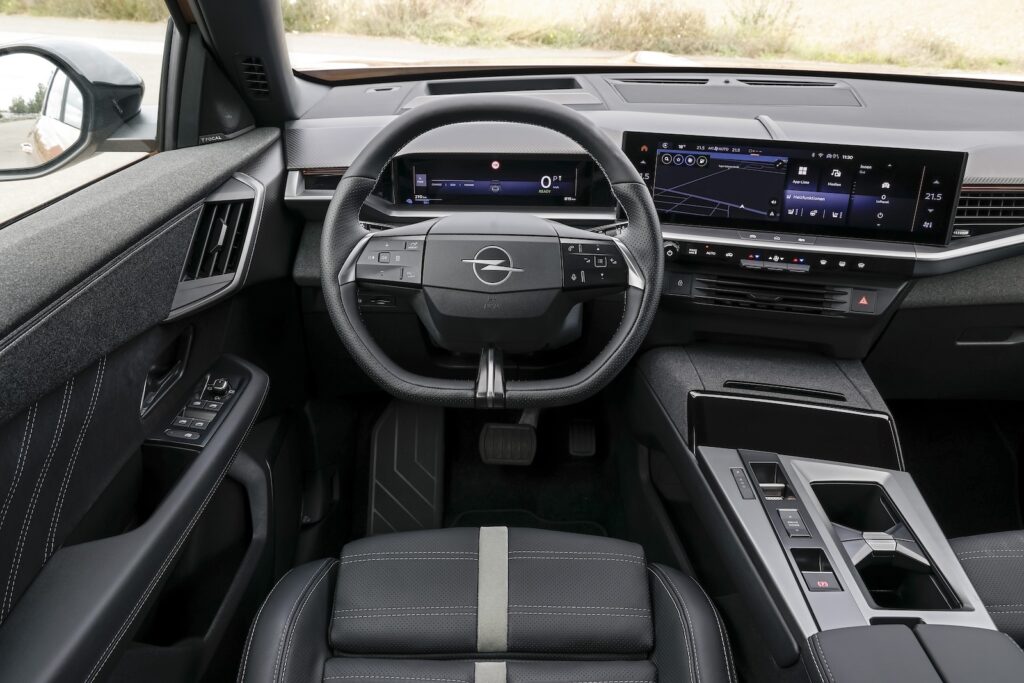
However, the perceived quality in the rear seats doesn’t quite match the front. Hard plastics are more noticeable in the back, though Opel does avoid the trend of fully vegan interiors, allowing customers to choose between fabric or leather upholstery. Behind the wide-opening tailgate, there’s a generous 550 to 1,645 liters of cargo space, making it easy to load large items. Unfortunately, there’s no front trunk (frunk) under the hood for additional storage.
Pricing and Final Thoughts
The entry-level model with the 136 PS gasoline engine is attractively priced at €36,400. The electric version, with the smaller 73 kWh battery, starts at €46,750, while Opel expects most buyers to opt for the top-spec Grandland Electric GS, which includes the 82 kWh battery and starts at €51,950.
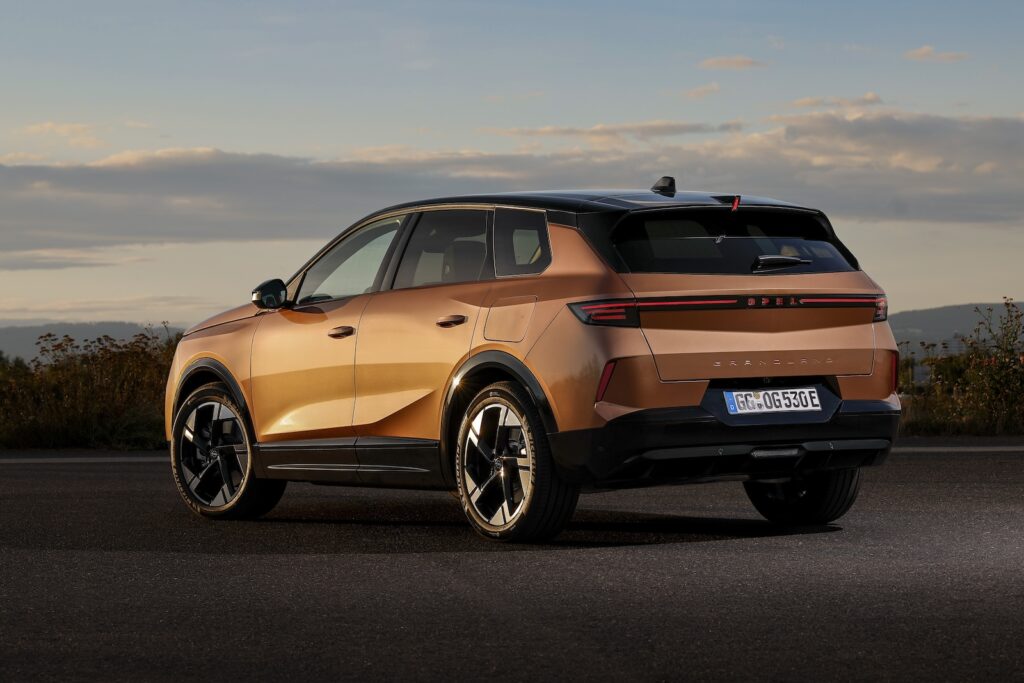
Overall, the Opel Grandland Electric offers a solid blend of comfort, practicality, and efficiency, though it’s clear that Opel will need to enhance powertrain options and performance in the future to keep pace with more powerful rivals.
Technical Data: Opel Grandland Electric
- Motor: Electric, front
- Power: 157 kW / 213 PS
- Max Torque: 345 Nm
- Top Speed: 170 km/h
- Consumption: 16.9 – 17.7 kWh/100 km
- Battery Capacity: 73 – 82 kWh
- Cargo Space: 550 – 1,645 liters
- Curb Weight: 2,120 – 2,132 kg
- Max Charging Speed: 150 / 160 kW
- Price: from €46,750
